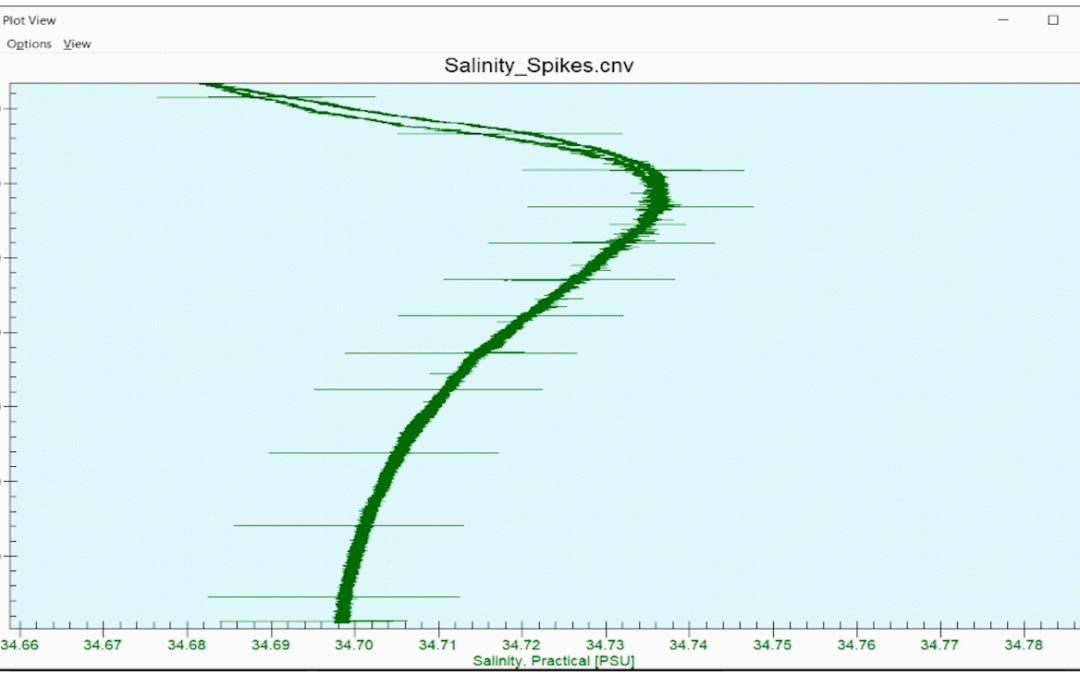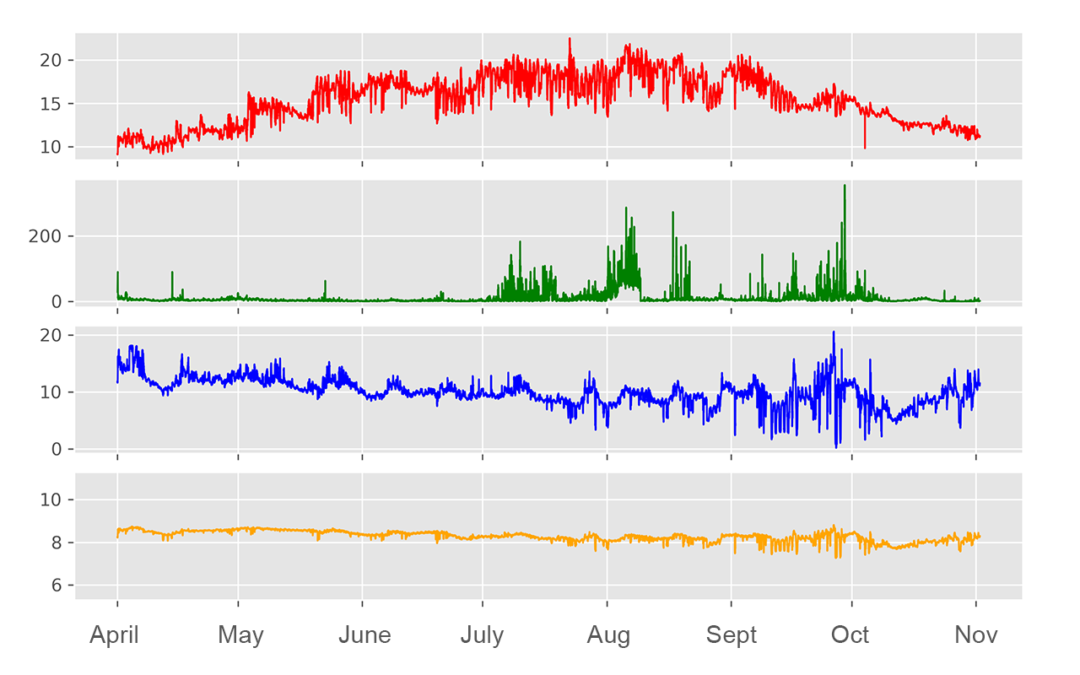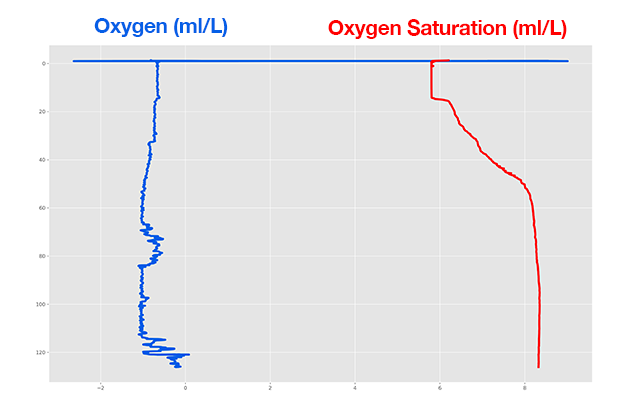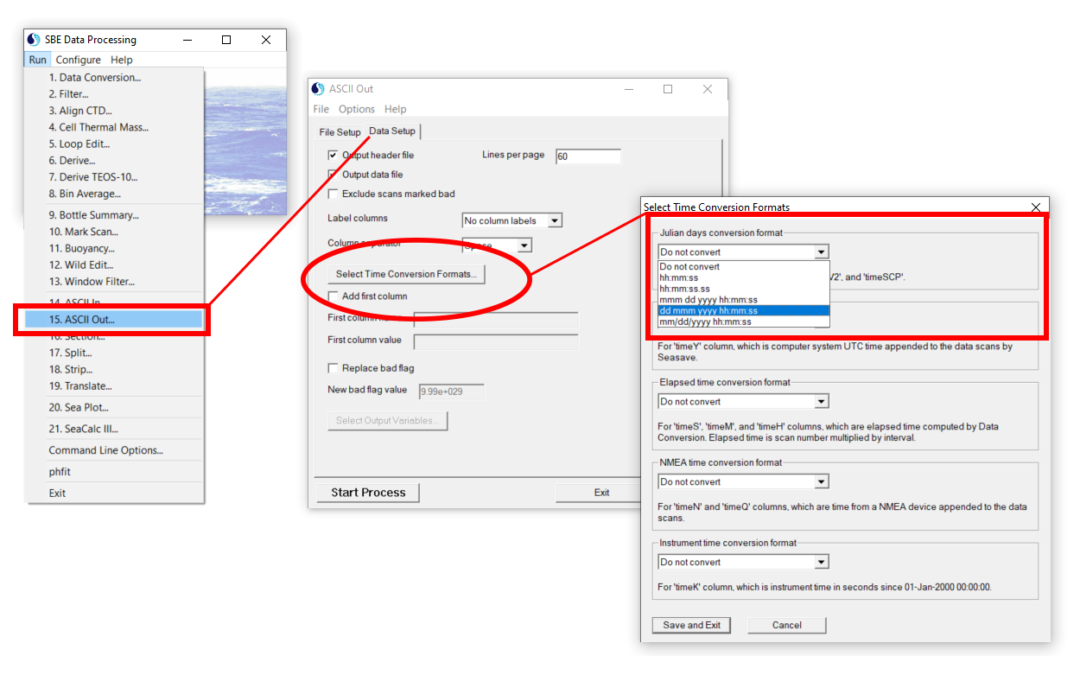This salinity profile was from an arctic deployment in rough seas. At a certain point, we see regular salinity spikes of about ± .01 psu in the upcast data. Can you determine what caused this?


This salinity profile was from an arctic deployment in rough seas. At a certain point, we see regular salinity spikes of about ± .01 psu in the upcast data. Can you determine what caused this?

Can you correctly label the 4 plots? Hint: this area is subject to periods of eutrophication during the late summer/early fall.

Dissolved oxygen should not be negative. Can you determine the error that created the unusual oxygen profile above?

Tech Tip: Julian Days Format “Julian Days” is a numerical timestamp format, calculated by Sea-Bird Scientific CTDs as the number of the days since Jan 1 of that year (e.g., noon on Feb 3 = 34.5). While this format is useful, it is usually more convenient to display...
We hope to see you at UG2 '24 We are excited to sponsor the upcoming 2024 Glider Workshop in Ann Arbor, Michigan, from September 10 - 12, 2024. Overview This workshop will bring together the global underwater glider community to strengthen international collaboration...
Press Release Wednesday, June 26 2024 Collaboration and partnership is at the core of what we do. We are - Enabling the science that matters - working with scientists and researchers across the globe to provide instrumentation that produces defensible and accurate...
Celebrating and honoring our LGBTQIA+ communities It is in our DNA at Sea-Bird Scientific to embrace community and the beauty in diversity. As during previous Pride Months, we have changed our logo on social media to feature the colors of Pride throughout the month of...